Is there hope for my Hydrangeas
saylove
15 years ago
Related Stories
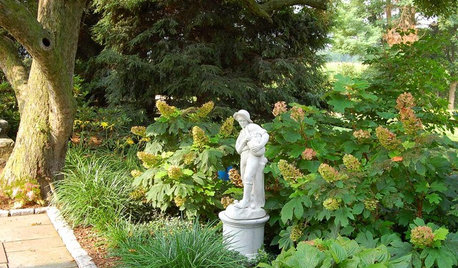
GARDENING GUIDESGreat Design Plant: Oakleaf Hydrangea
Consider this full, flowering shrub for year-round beauty in the garden as you plan your fall plantings
Full Story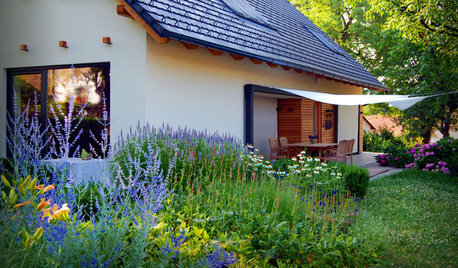
LANDSCAPE DESIGNRelish the Romance of a Slovenian Garden
Dappled with coneflowers and bursting with hydrangeas, a romantic European garden near the Julian Alps inspires enchantment
Full Story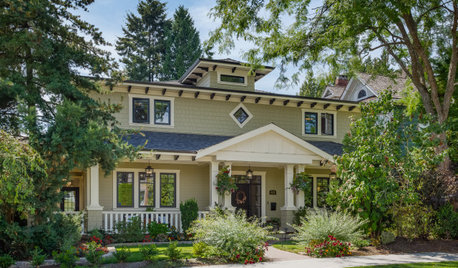
LANDSCAPE DESIGNHow to Incorporate Your Roofing Into the Landscape
Choose hardscape and plantings that work with your roof’s color, texture, shape and line
Full Story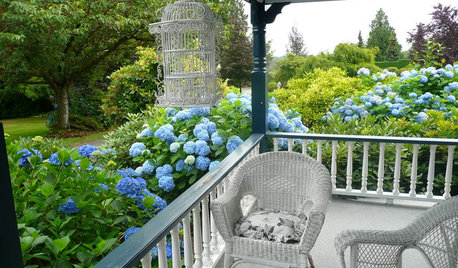
GARDENING GUIDESSummer Gardens Sing With Blues
When hot weather hits, bursts of blue keep the garden palette cool and calm
Full Story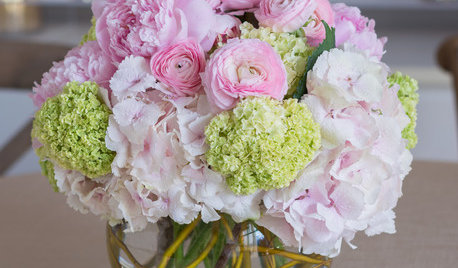
MOTHER’S DAYSurprise Mom With an Elegant DIY Bouquet
For Mother’s Day, use flowers and branches from your local market or backyard to create this pastel beauty
Full Story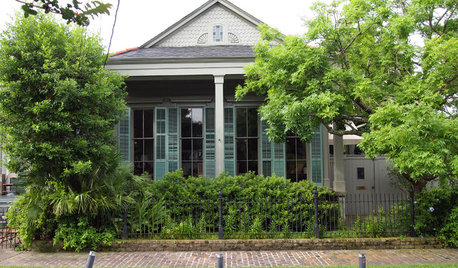
HOUZZ TOURSMy Houzz: Peek Inside an Artist’s Updated Shotgun Home and Studio
Gorgeous art and elegant style befit this New Orleans live-work property
Full Story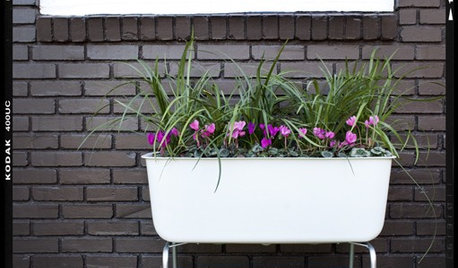
GARDENING AND LANDSCAPINGDIY Project: Mobile Container Garden
Get your garden going anywhere with a planter on wheels
Full Story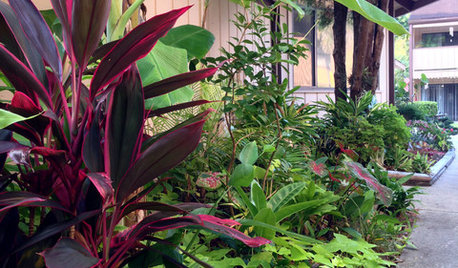
GARDENING GUIDESA Mom, a Garden and a Gift for the Neighbors
Gardening can be therapeutic in unexpected ways. See how one gardener found peace and purpose in a patch of Florida soil
Full Story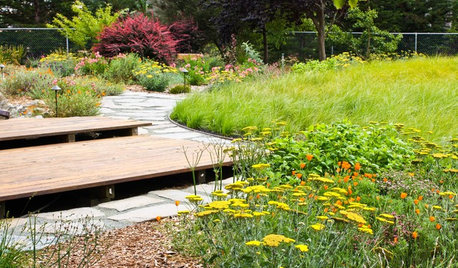
GARDENING GUIDES8 New Ways to Garden This Year
A successful garden means knowing the plants, the wildlife and yourself
Full Story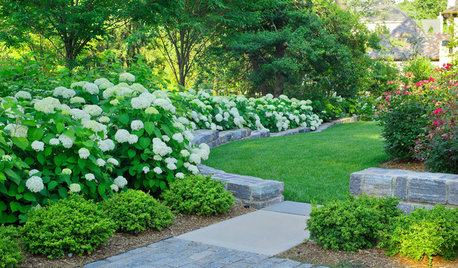
FLOWERS AND PLANTS10 Essential Shrubs for Mid-Atlantic Gardens
Easy-to-grow mid-Atlantic native shrubs celebrate the character of the region
Full StoryMore Discussions







luis_pr
Donna
Related Professionals
Berkeley Heights Landscape Contractors · Bethel Park Landscape Contractors · Boca Raton Landscape Contractors · Elkridge Landscape Contractors · Emmaus Landscape Contractors · Hawthorne Landscape Contractors · Lorain Landscape Contractors · Morrisville Landscape Contractors · Oklahoma City Landscape Contractors · Highlands Ranch Siding & Exteriors · Milwaukee Siding & Exteriors · Shoreline Siding & Exteriors · Waukegan Siding & Exteriors · Weymouth Siding & Exteriors · Westmont Ironwork